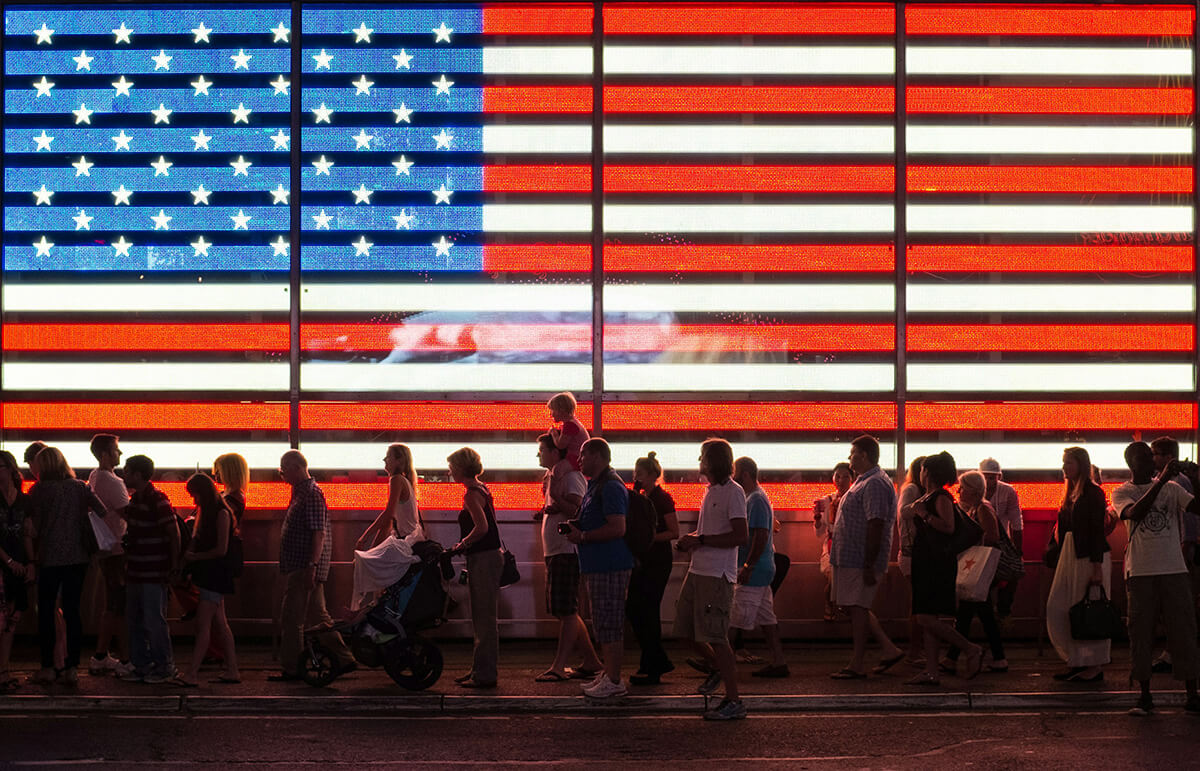As of mid-2025, the U.S. economy is in a late-stage expansion, showing signs of slowing momentum after a few strong years of growth. While GDP remains positive—hovering around 1 to 1.6%—it’s a clear deceleration from the more robust pace seen in 2023 and early 2024. Job creation is ongoing, and consumer spending hasn’t collapsed, but early indicators like falling new orders and business investment are raising caution flags. Most analysts agree: the economy is still expanding, but it’s moving more slowly and with less confidence.
This current phase can best be described as a slowdown—the stage just before a possible recession. Leading economic indicators have declined for several months, and sectors like manufacturing and housing are under pressure from higher interest rates and ongoing trade uncertainties. Inflation, while cooler than its 2022 peak, is still stubborn around 3%, raising fears of stagflation (sluggish growth + inflation). Economists estimate a 25–40% chance of a mild recession by late 2025, especially if consumer confidence or business investment continues to weaken.
In business cycle terms, we’re not in a recession yet, but we’re certainly past the peak of expansion. The big question now is whether the economy can stabilize and return to stronger growth—or whether these warning signs turn into a full-blown downturn. For families and small businesses, this means it’s a good time to review budgets, stay cautious with big financial decisions, and watch closely as the second half of 2025 unfolds. The cycle isn’t finished yet, but we’re entering a more uncertain stretch of the road.
